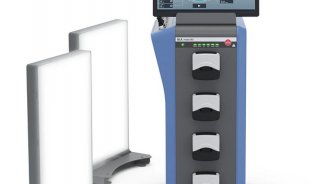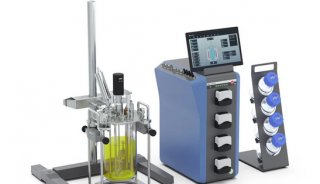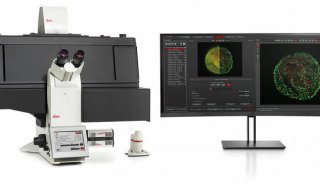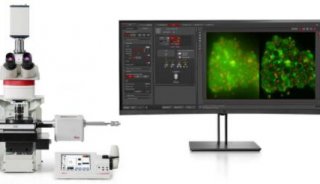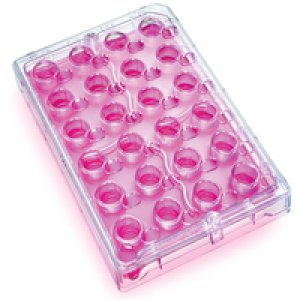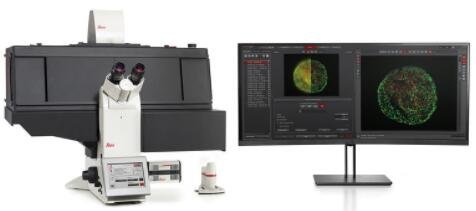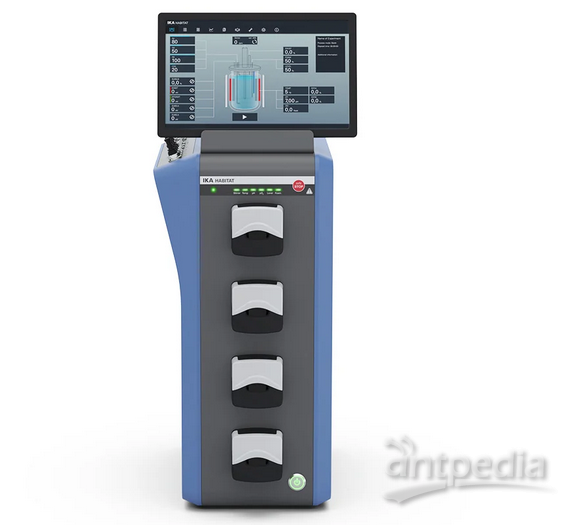Follicular thyroid cell isolation and culture
Thyroid epithelial cells (also called follicular cells or principal cells) are cells of thyroid gland that are responsible for the production and secretion of thyroid hormones, that is, thyroxine (T4) and triiodothyronine (T3). The thyroid epithelial cells take up iodine and amino acids from the blood circulation on the basolateral side, synthesize thyroglobulin and thyroperoxidase from amino acids and secrete these into the thyroid follicles together with iodine. The thyroid epithelial cells can subsequently take up iodinated thyroglobulin from the follicles by endocytosis, extract thyroid hormones from it with the help of proteases and subsequently release thyroid hormones to the blood. These thyroid hormones are transported throughout the body where they control metabolism (which is the conversion of oxygen and calories to energy). Every cell in the body depends upon thyroid hormones for regulation of their metabolism. The normal thyroid gland produces about 80% T4 and about 20% T3, however, T3 is about four times as potent as T4.
Isolation and culture
1. Fresh surgical thyroid specimens were minced in small pieces and teased apart with a scalpel in HBSS medium with Ca++ and Mg++ supplemented with 2 mM L-glutamine, penicillin, and streptomycin.
2. The resulting suspension was digested by 3-h incubation at 37 oC in a shaker bath with primary cell isolation kit at the final concentration of 5 mg/mL supplemented with 1% FCS.
3. At the end of incubation, HBSS without Ca++ and Mg++ supplemented with 2 mM L-glutamine, antibiotics and 10% FCS were added in ice, and the suspension was filtered through a 60-mesh screen and extensively washed.
4. After red cell lysis, the cells were resuspended in Primary cell culture system medium supplemented with 2 mM glutamine, antibiotics, and 10% FCS, and plated in 25 cm2 tissue culture flasks at 37 C in humidified atmosphere.
5. After 24 h, the supernatant, containing nonadherent cells, was collected and purified by centrifugation over standard Ficoll-Urovision gradient.
6. The suspension containing lymphocytes was evaluated by indirect immunofluorescence.
7. The adherent cells were cultured up to 10–14 days, viability (evaluated by trypan blue exclusion) being constantly more than 95%, and immunofluorescence analysis was performed at different times.
8. To this end, the cells were recovered by short incubation with trypsin 0.25% and EDTA 1 mM, followed by extensive washing with culture medium.
9. At days 2–7 aliquots of cells were transferred to 6-well tissue culture dishes and cultured with the above-mentioned stimuli and flow cytometry performed 24 and 48 h later.
References
1. Zeromski J, Bagnasco M, Paolieri F, Dworacki G.
Expression of CD56 (NKH-1) differentiation antigen in human thyroid
epithelium. Clin Exp Immunol. 1992; 89: 474–478.
2. iordano C, Stassi G, De Maria R, et al. Potential involvement of Fas and its ligand in the pathogenesis of Hashimoto’s thyroiditis. Science. 1997; 275: 960–963.
3. Michela Battifora, Giampaola Pesce, Francesca Paolieri, Nicolò Fiorino, Carla Giordano, Anna Maria Riccio, Giancarlo Torre, Daniel Olive and Marcello Bagnasco. B7.1 Costimulatory Molecule Is Expressed on Thyroid Follicular Cells in Hashimoto’s Thyroiditis, But Not in Graves’ Disease. The Journal of Clinical Endocrinology & Metabolism. 1998; 83: 4130-4139.






